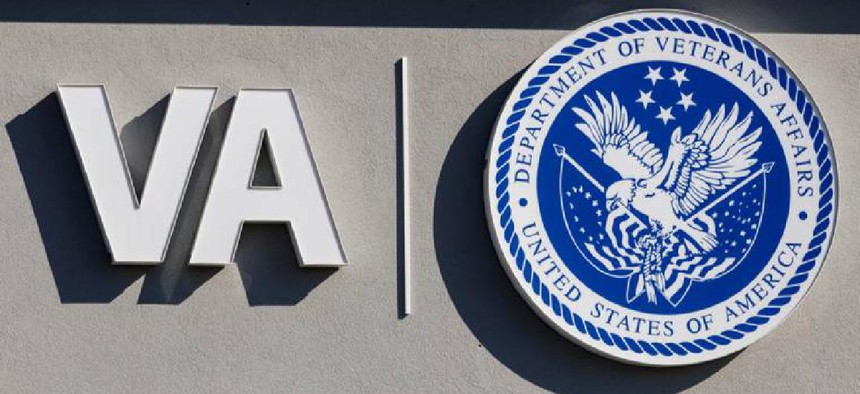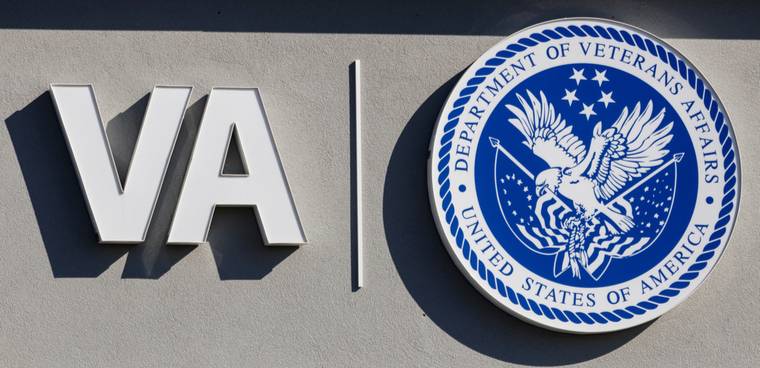Why VA must keep Vista healthy

The moratorium on further Vista investment put in place three years ago creates major strategic issues for the Department of Veterans Affairs as the agency looks to put Cerner's commercial electronic health record system in place.

The Department of Veterans Affairs is three years into a 10-year program to replace parts of its legacy electronic health record, Vista (Veterans Health Information System and Technology Architecture), with a commercial system designed and built by the Cerner Corporation. Results from the initial pilot site for the new EHR, in Spokane, Wash., have caused VA Secretary Denis McDonough to pause any further deployments of the new EHR for at least the rest of 2021. This has created substantial doubt as to whether the original decade-long schedule for the EHR modernization program (EHRM) remains viable.
Today, as it has every day for more than 30 years, Vista supports the medical care for veterans seen at VA. This year, Vista will support roughly 100 million veteran medical encounters and provide a comprehensive record of the medical care for over 9 million veterans. Vista's performance as an EHR is unquestioned; it is highly responsive, highly reliable, supports a broader range of medical center functions than any other EHR in existence and remains one of the most highly rated EHR platforms by clinicians nationwide. The quality of care provided to veterans at facilities that continue to rely on Vista remains good, and VA doctors continue to trust that Vista is an aid, not a hindrance, to their patient care efforts.
So there is no "burning platform" that compels VA to take risks in its program to replace Vista. To protect the quality of veteran medical care, the new EHR should replace Vista at VA facilities only when care quality metrics show that veterans will receive better medical care in facilities that use the new EHR than they did when Vista was in use.
This "crossover point" in care quality is inevitable. Private-sector investment in commercial EHRs has dwarfed comparable government spending for more than 20 years. Further, each VA attempt to replace Vista since the year 2000 has been accompanied by a multiyear moratorium on further investment, as the government sought to minimize expenditures on a product that was being replaced. Such a moratorium has been in place for the last three years, since the new EHR program was announced.
But the moratorium on further Vista investment put in place three years ago creates at least four major strategic issues for VA, each of which creates the potential for a major impact on veteran medical care if not addressed.
First, even in the most optimistic EHRM schedule, Vista will be used for direct veteran medical care for at least another seven years. There are over 170 VA medical centers, and each of their EHR replacements will be done separately and sequentially, since replacement of an EHR at just one hospital is a huge project. One facility will go last, and all veterans being seen at that facility (at one point identified by VA as Miami) will have the quality of their medical care dependent on a Vista EHR that has not been improved for more than 10 years. It is unclear what plans VA has for dealing with mandatory Vista upgrades needed during that timeframe, such as new national medical mandates (e.g., the recently completed ICD-10 upgrades) or medically urgent system changes (e.g. tracking and controlling opioid prescriptions). But it is clear that VA has unwisely cut back spending on Vista to an absolute minimum.
Second, the new EHR does not have the capabilities to replace about one-third of what Vista currently does at VA medical centers. The reality is the Veterans Health Administration is an unusual health care system, and Vista is a unique EHR platform. It reaches far beyond health care, and is embedded in countless administrative, financial, and logistical operations at every VHA facility. No commercial EHR will be able to replace this functionality, including critical items specific to veteran care, such as registries (e.g., burn pit, prosthetics, embedded shrapnel, PTSD, eye injury, TBI and others), government-specific reimbursement and billing laws and medical equipment supply and maintenance schedules. In fact, being built around revenue cycle management as much as care delivery, none of the dominant commercial EHRs can match Vista's capabilities to facilitate the care of patients. To date, the program plan for the EHRM has not included dealing with this functionality, meaning that about one-third of Vista must be supported far beyond the 10-year timeframe even if the EHRM stays on schedule.
Third, Vista is the only fail-safe for national veteran care should the new EHR program fail. The quality of medical care provided to our nation's veterans is today wholly dependent on Vista's capabilities. With the EHRM program schedules slipping, and given the government's poor overall track record with huge IT/business modernization programs, VA must plan for a future where Vista remains the primary EHR platform for veteran medical care. With the knowledge we have today, that seems to be the most likely case.
Finally, VA is rapidly losing the knowledge necessary to successfully complete upgrades to Vista, in both its employee and contractor bases. Vista is large and complex, and it has caused the failure of many projects won by low-bid contractors who thought they could "figure it out" and deliver new functionality without having experienced Vista staff on board. VA's current lack of investment in Vista is causing the most experienced Vista staff – almost by definition its most skilled technologists – to move to other projects.
For each of these reasons, VA and Congress must invest now to ensure that Vista remains a robust and viable EHR platform until its successful replacement is guaranteed – no matter how long that may take. VA must establish, and Congress should fund, a long-term strategic plan to ensure the viability of Vista, and of quality veteran medical care, independent of any current or future plans for replacement. That plan must include a realistic assessment of how VA will find and retain the skills and Vista experience necessary for the plan to succeed.
The quality of medical care provided our nation's veterans will depend on Vista for the foreseeable future. Failing to adequately plan for long-term Vista viability will cause veteran care to be impacted at some point, possibly when the expertise to address essential changes no longer exists. VA and Congress must act now to avoid the long-term problems that failing to invest in Vista will almost certainly cause.


